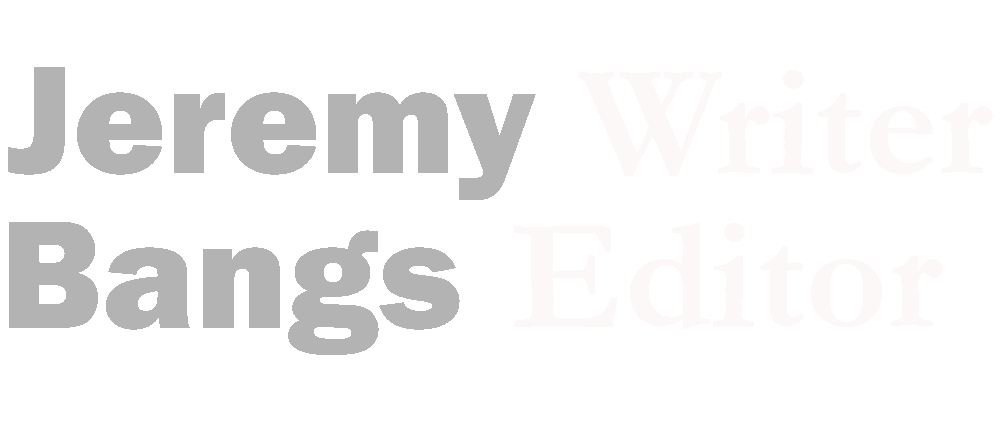My Story
I’ve spent most of my adult life trading in stories. I think in stories. I research stories. I make my living telling stories.
I was a one-man news crew when I got out college. For the Tri-Lakes community just north of the United States Air Force Academy, I wrote news, sports and features. I wrote the opinion page column and the sports column. I shot my own photos. I was the graphic designer for all the editorial content. I took the paper to press, put mailing labels on the subscription copies, loaded the rest in vending boxes and counted the change. The work was great, but what hooked me on the business was the bond I built with the community. I exchanged a farmer’s wave with every cop and firefighter I passed on the road. Every trip to the grocery store included a conversation with someone about the goings-on in town or how their kid’s team was doing. I had VIP access to all the games, the annual storytelling festival, the July 4 fireworks show and the Yule Log celebration before Christmas. I talked to politicians, teachers, activists, a WWII double-ace, Congressional Medal of Honor winners, a 6th-grader who captured enough people’s imagination to rebuild the lake his town was named after, a guy who swore a zucchini from his garden looked like Nixon and two giggly old dudes from Chicago who came to town with camp chairs just to sit and watch the trains lumber over the Palmer Divide. I learned that there are great stories everywhere. It’s not where you look for them, but how you look at them.
From there, I moved to the Denver suburbs as an editor for three newspapers. Then it was five papers. Eventually, I was the managing editor for 15 community newspapers with a combined circulation of more than 100,000. By that point, I spent most of my time facilitating stories rather than telling them. Content strategy was my focus. I tried, amid a flurry of budget cuts and reorgs, to put my writers, photographers, editors and designers in a place to succeed. I helped our organization make its transition from a print media organization to one with a solid online presence. The days got longer and the choices got harder until it was simply time for something new.
I went into the corporate world for a while where the stories I told were written on spreadsheets and they were about pricing contracts and margin enhancement. Yeah, it was a little dry. The work kept my wallet fed, but it didn’t feed my soul at all.
So when it was time to transition again, I ran back to the kind of storytelling and management I fell in love with at the beginning of my career. Copy writing, blogging, grant writing, social media management and content strategy – these are the vehicles I use for telling stories now.
Got a story to tell? I’ll help you tell it.

